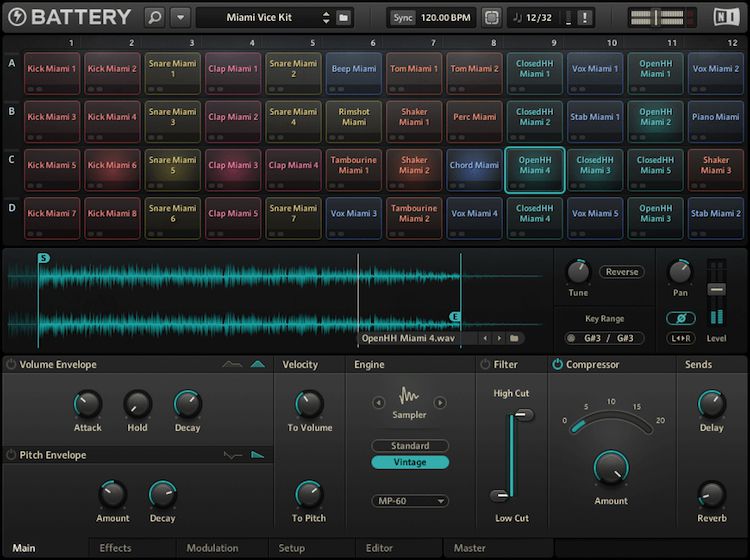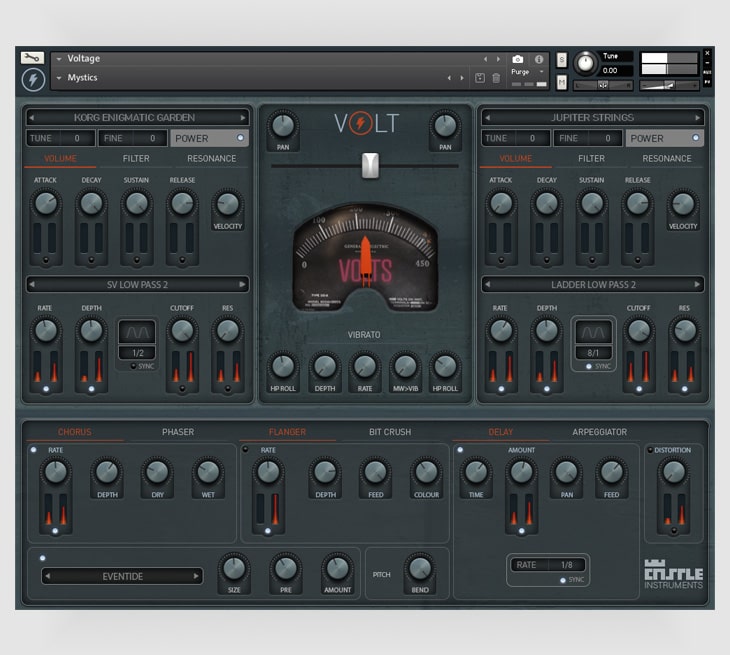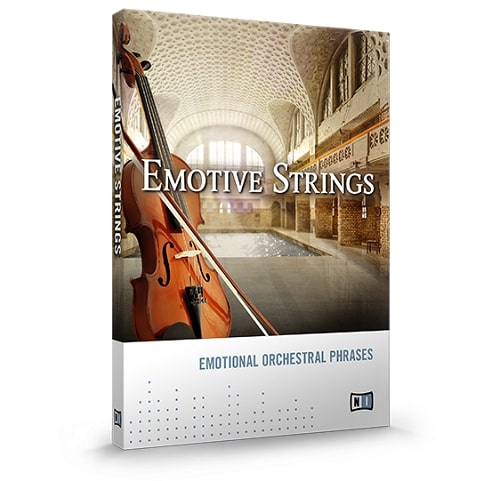

The sul tasto sample (found as part of the “special” section) is particularly warm and delicate and this is in sharp contrast to the hard “col legno” sample which is hard-edged and perfect for those action cues that might include a solo moment. There are 5 different short articulations available allowing for some very subtle differentiation in performances, and I particularly like the verve in the spiccato samples which offer drive and expression in their sound.
#Kontakt action strings tutorial pdf#
It’s worth noting that not all of the bowing options are available for all long articulations and a complete list of what is available for each articulation is in the PDF manual. There is a fourth “rebow” option in certain situations where a bow change is forced without an audible bow change sound.īow changes are chosen by a Key Switch separately from the articulation keyswitch. Portamento - that infamous “slide” effect between notes. The three available long articulations in many cases have the option to use one of three legato switches: Bowed, Fingered, or Portamento.įingered legato changes note without a bow direction change.īowed legato changes bow direction with the legato change (as heard in the fast section of my demo). Everything from syncing the tempo of Sautillé (repeated) notes to controlling the speed of crescendos / diminuendos. What I particularly like about this instrument is the ability to use things “as they come” or to be more and more specific about how things are performed. You can assign them to specific key switches or MIDI CC’s via a maximum of 8 articulation slots, which are shown on the main page. There are numerous recorded articulations (20 in all), both long, short and special articulations in this collection. I played for a deal of time with the expression control (as I rarely use volume on instruments like these) and I was left with a sense that I could put together a pretty convincing recording of solo violin including the performance nuance of dynamics and not need any Nurofen when editing! It’s totally possible to go from gentle to aggressive or loud to soft (or any combination) completely plausibly without hearing any artefacts, and that alone makes this library unusual.

I was extremely impressed to find that the claims about the removal of phase issues when moving from one sample to another are absolutely true. As with many sampled instruments, loudness control (volume) is, by default assigned to Cc1 and expression (whether the playing style is quieter or louder) is assigned to cc11. The dynamics tab is accessed by clicking on the three dots in that area. However, e-instruments claimed to have got around this with their new engine, blending real recordings and models of the bits in between. The same problem occurs when moving from no vibrato to vibrato samples.

effectively meaning you hear more than one sample at the same time at certain crossfade points. Many solo violin libraries avoid the ability to move dynamics from very quiet (PP) to very loud (FF), because it would be too hard to crossfade from one sample performance to another without hearing the join, and introducing phrase misalignment. The performance controls are one of the areas where some of the biggest claims are made by the manufacturers. You can hear it “naked” with no compression, no reverb and with a flavour of how I might use it, against an ambient sound bed - and just some reverb to the violin added. Here’s a demo using Stradivari Violin I created after a few hours of learning with this instrument. By the time I’d been using this instrument for 20 minutes I was a convert. How do you fancy being able to put some super-realistic solo violin into your composition? Like most composers that collect sample libraries like souvenirs from a holiday, I approached “Stradivari Violin” by e-instruments with some scepticism. Can You Add A Super Realistic Violin Solo Using Stradivari Violin? It was recorded in Cremona, Italy in the same hall designed for its original sound. Stradivari Violin is a new virtual instrument based upon recordings of a 1727 “Vesuvius” violin made by Stradivari. The Basicsįirst, let us start with some basic details…. Read on to see how David tapped into this authentic recreation of a treasured instrument from the world’s most renowned violin maker - Antonio Stradivari to see what he thinks. Production Expert gave top orchestral composer David Tobin the new “Stradivari Violin” by e-instruments.


 0 kommentar(er)
0 kommentar(er)
